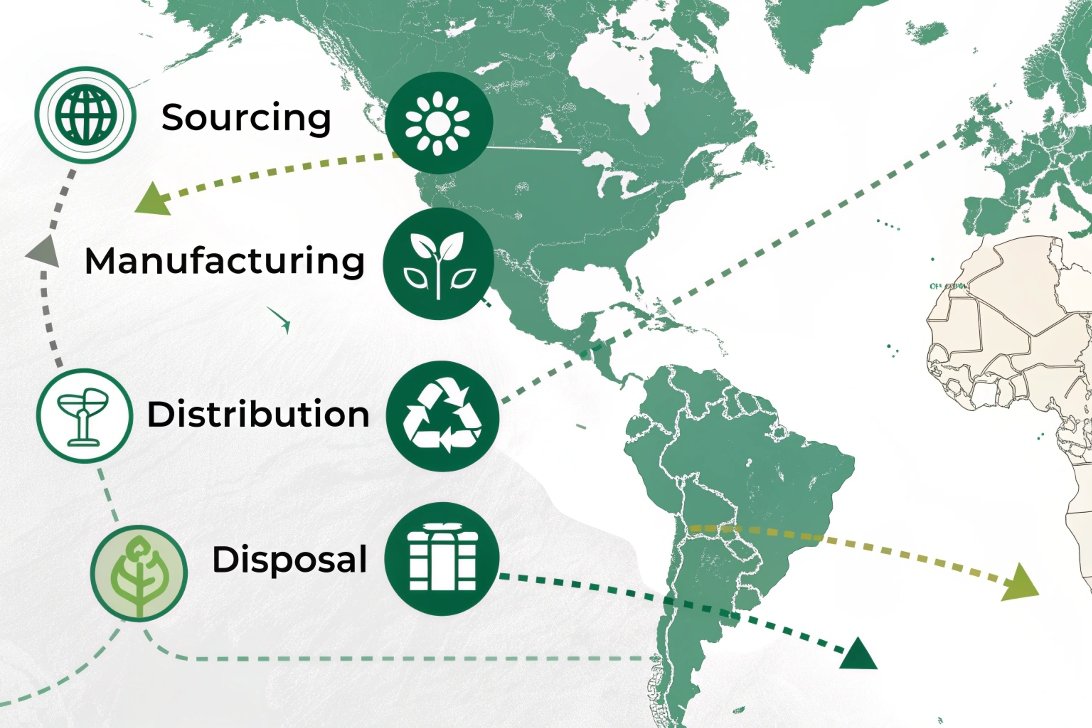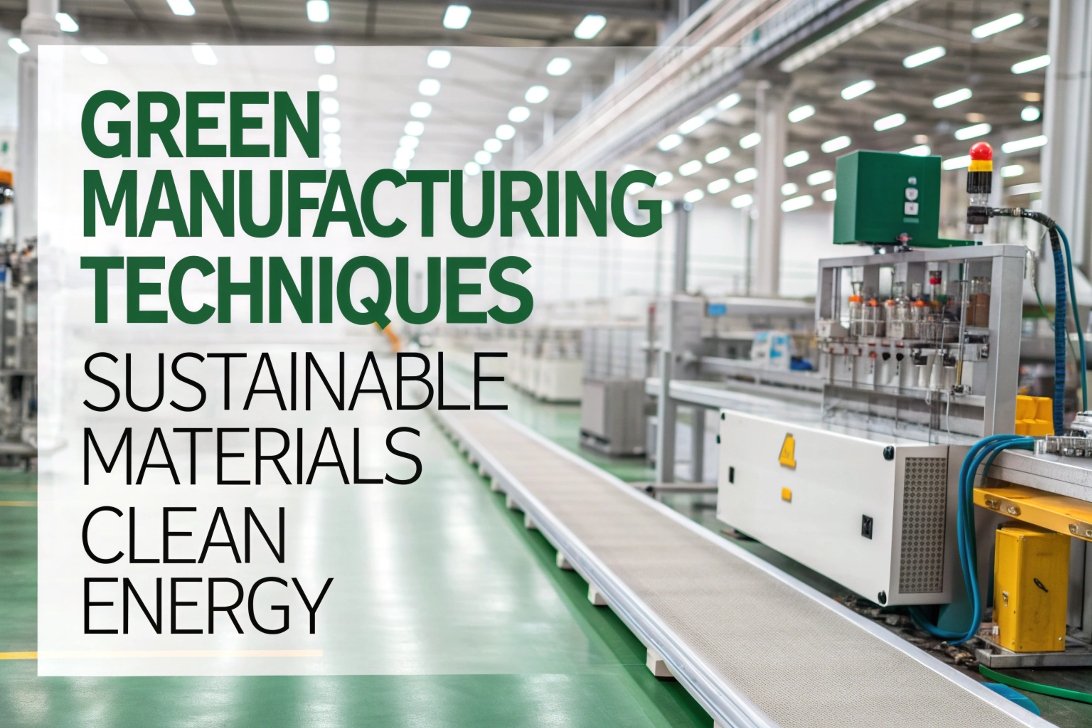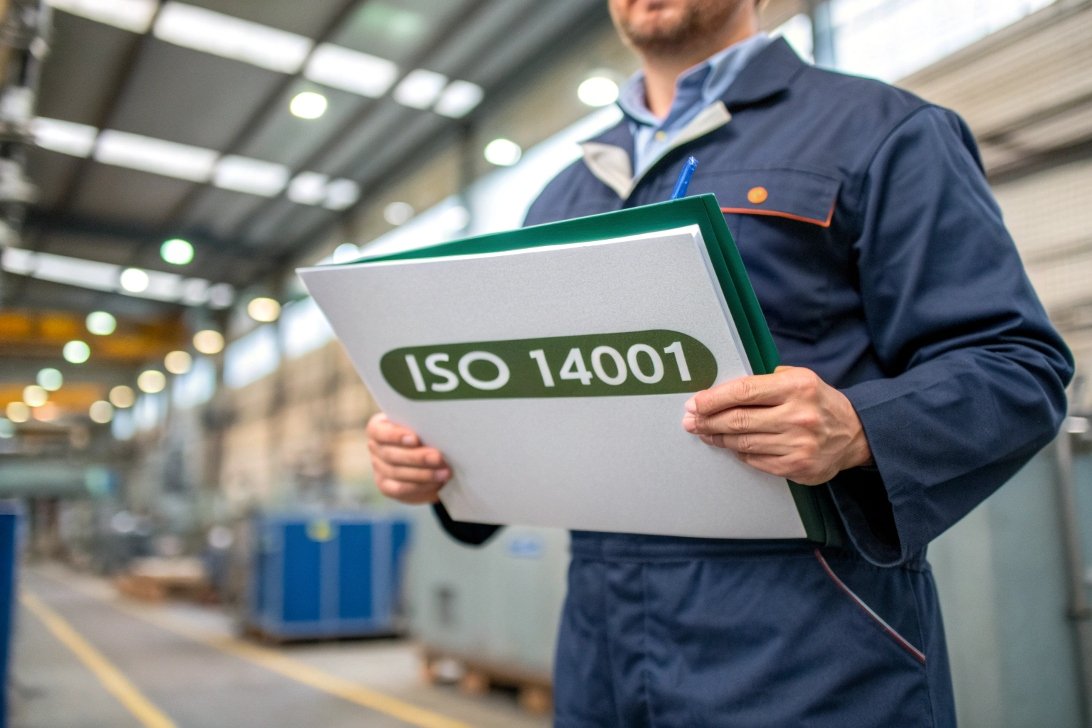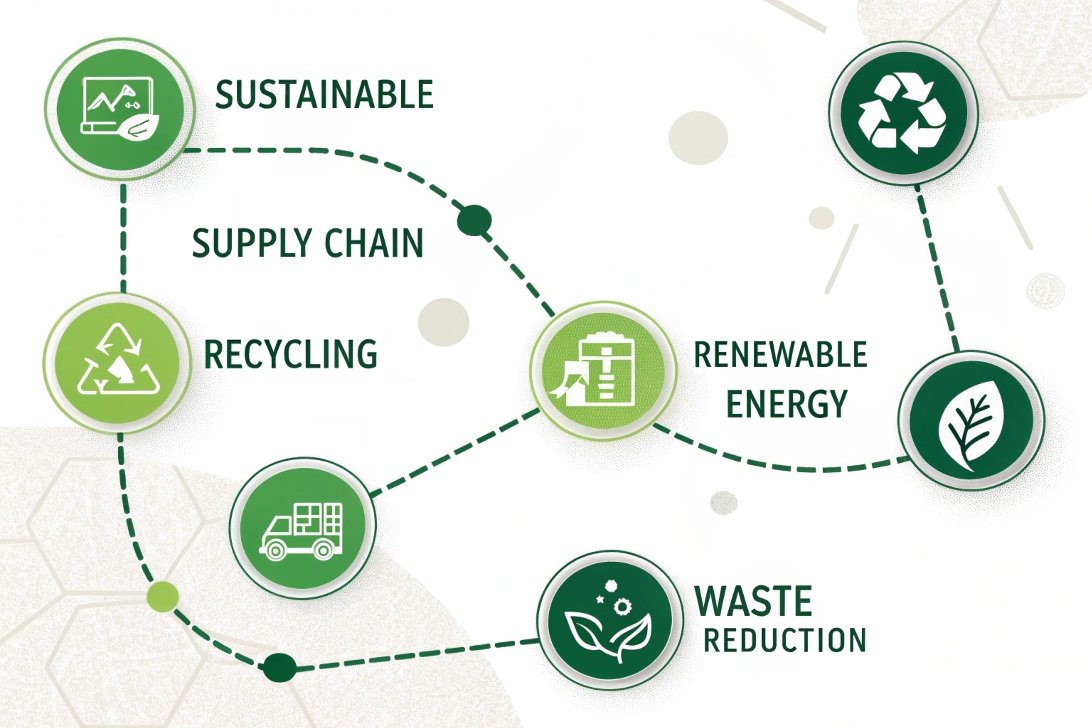
As companies increasingly focus on sustainability, evaluating the environmental impact of suppliers has become a critical factor in decision-making. For those of us sourcing custom parts, it’s no longer enough to focus on price and quality alone. Understanding how our suppliers impact the environment is essential for ensuring that we align with ethical, legal, and sustainability goals. So, how can you effectively assess the environmental impact1 of your custom parts suppliers?
To assess the environmental impact of a supplier, you need to look beyond their products. By considering factors like waste management, energy usage2, and compliance with environmental standards, you can make informed decisions that align with your sustainability goals.
Let’s dive into how to evaluate these environmental factors to ensure a positive impact on your business and the planet.
What Environmental Factors Should You Consider When Choosing a Custom Parts Supplier?

When selecting a custom parts supplier, evaluating their environmental footprint should be part of the decision-making process. This goes beyond just the parts they manufacture—it encompasses how they operate, their waste management3, and their overall sustainability practices.
Key Environmental Factors to Consider
| Factor | Why It Matters |
|---|---|
| Energy Usage | Suppliers that use renewable energy sources help reduce overall carbon emissions, contributing to a greener supply chain. |
| Waste Management | Suppliers who have systems in place to reduce, reuse, and recycle waste are more sustainable and less likely to pollute the environment. |
| Raw Material Sourcing | Sourcing raw materials responsibly reduces environmental degradation and helps ensure sustainability in the manufacturing process. |
| Pollution Control | Suppliers with effective pollution control measures minimize the impact of their production on local ecosystems and communities. |
| Water Usage | Responsible water use, including water recycling, reduces environmental strain, especially in water-scarce regions. |
| Packaging | Sustainable packaging reduces waste, promotes reuse, and aligns with eco-friendly practices. |
| Emissions and Carbon Footprint | Suppliers should be able to report on their carbon footprint, with strategies in place to minimize emissions during production. |
Real-Life Example
In my experience, one supplier in Vietnam provided transparency about their energy usage, showing that they had switched to solar energy for production. This was a major factor in our decision to work with them, as it aligned perfectly with our sustainability goals. By focusing on energy usage, they not only helped us reduce our own carbon footprint but also demonstrated commitment to long-term environmental responsibility.
How Can You Ensure Your Supplier Is Compliant with Environmental Standards?

Supplier compliance with environmental regulations and standards is essential for avoiding legal and reputational risks. By ensuring that your supplier follows industry-specific environmental guidelines, you can confidently source parts without the fear of contributing to illegal or unethical practices.
Steps to Ensure Environmental Compliance
| Step | How It Helps Ensure Compliance |
|---|---|
| Request Certifications | Ask suppliers for certifications such as ISO 14001 (Environmental Management) or other relevant environmental standards. These certifications show that the supplier has a formal commitment to sustainability practices. |
| Conduct Audits | Regular audits of the supplier’s facilities and practices help ensure they are meeting environmental standards and following their stated policies. |
| Review Documentation | Request detailed records on waste management, energy consumption, and emissions. A transparent supplier will readily provide these documents. |
| Evaluate Local Regulations | Ensure that the supplier is compliant with local and international environmental laws, particularly those in the region they operate in. |
| Engage in Supplier Discussions | Directly communicate with the supplier about their environmental policies and initiatives to understand their commitment and actions regarding sustainability. |
| Monitor Their Progress | Set expectations for continuous improvement in environmental performance and track progress over time to ensure ongoing compliance. |
Practical Steps I’ve Taken
When sourcing from a new supplier in China, we took the extra step of conducting an audit of their waste management practices. They provided us with their ISO 14001 certification, and we were able to track their waste recycling metrics. This transparency gave us confidence that they were serious about environmental protection, and we made the decision to proceed with the partnership.
Why Is It Important to Consider Sustainability in Custom Parts Manufacturing?

Incorporating sustainability into your custom parts sourcing isn’t just good for the planet—it’s increasingly important for your brand reputation, legal compliance, and long-term viability. As consumers and governments place more pressure on companies to be environmentally responsible, your supplier choices must align with these broader expectations.
The Importance of Sustainability in Custom Parts Manufacturing
| Benefit | Why It Matters |
|---|---|
| Legal Compliance | Ensuring suppliers meet environmental regulations helps avoid fines, penalties, and legal issues related to non-compliance. |
| Cost Reduction | Sustainable practices, such as reducing waste and energy use, often lead to cost savings for both you and the supplier. |
| Improved Brand Reputation | Companies that prioritize sustainability enjoy stronger brand loyalty and positive perceptions among consumers and stakeholders. |
| Supply Chain Resilience | A sustainable supply chain is more resilient to disruptions, whether from resource scarcity or regulatory changes. |
| Competitive Advantage | As environmental concerns continue to grow, sourcing from eco-conscious suppliers can provide a competitive edge over others who do not prioritize sustainability. |
Why I Focus on Sustainability
For me, sourcing sustainable custom parts has always been about more than just ticking a box. In fact, over time, I’ve seen how working with environmentally responsible suppliers enhances both operational efficiency and the overall integrity of the brand. Whether it’s through reduced waste or energy-efficient production, these suppliers help us mitigate risks and boost our competitiveness.
Conclusion
Assessing the environmental impact of your custom parts supplier is essential in today’s business environment. By considering factors like energy use, waste management, and regulatory compliance, you can make informed decisions that align with both your company’s sustainability goals and broader global initiatives. From my experience, working with eco-conscious suppliers has not only made a positive impact on the environment but has also contributed to long-term business success.
Understanding the environmental impact of suppliers is crucial for sustainable sourcing. Explore this link to learn more about assessing supplier impacts. ↩
Energy usage directly impacts carbon emissions. Learn how to assess suppliers’ energy practices for a greener supply chain. ↩
Waste management practices are key to sustainability. Discover effective strategies for evaluating suppliers’ waste management systems. ↩

